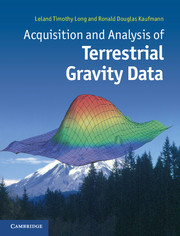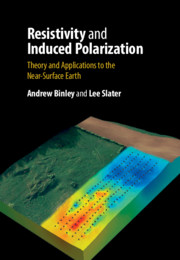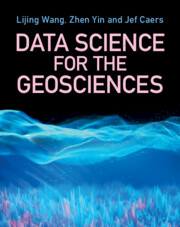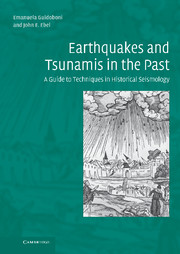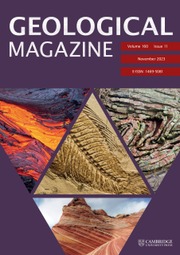Acquisition and Analysis of Terrestrial Gravity Data
Gravity surveys have a huge range of applications, indicating density variations in the subsurface and identifying man-made structures, local changes of rock type or even deep-seated structures at the crust/mantle boundary. This important one-stop book combines an introductory manual of practical procedures with a full explanation of analysis techniques, enabling students, geophysicists, geologists and engineers to understand the methodology, applications and limitations of a gravity survey. Filled with examples from a wide variety of acquisition problems, the book instructs students in avoiding common mistakes and misconceptions. It explores the increasing near-surface geophysical applications being opened up by improvements in instrumentation and provides more advance-level material as a useful introduction to potential theory. This is a key text for graduate students of geophysics and for professionals using gravity surveys, from civil engineers and archaeologists to oil and mineral prospectors and geophysicists seeking to learn more about the Earth's deep interior.
- A one-stop resource providing a manual for data acquisition and methods for analyzing the data
- Textbook treatments of gravity methods are usually restricted to chapters in more general geophysics books; this distinctive book provides important detail and practical assistance
- Together the authors have acquired over 40,000 individual gravity measurement points in surveys for environmental, engineering and regional tectonic applications, providing truly expert and in-depth insight
Reviews & endorsements
'… the topics presented are given in greater detail than in some other volumes, and the authors present precisely what the title states. … this book varies from others gravity volumes starting in Section 4, 'Graphical representation of the anomalous field.' Here, map projections are described, followed by a discussion of accuracy, precision, linear interpolation, optimal linear interpolation, and covariance/auto covariance functions … The book is written at the advanced undergraduate level … The black-and-white figures are numerous, large, and well presented. A large kudos is given to the authors whose Appendix B is a two-page glossary of symbols - something lacking in most geophysical texts … I would recommend them to anyone either working in the field of gravity exploration or tectonics or wanting to learn about Earth’s gravity.' Patrick Taylor, The Leading Edge
Product details
January 2013Adobe eBook Reader
9781139603829
0 pages
0kg
72 b/w illus. 10 tables
This ISBN is for an eBook version which is distributed on our behalf by a third party.
Table of Contents
- Preface
- 1. Gravitational attraction
- 2. Instruments and data reduction
- 3. Field acquisition of gravity data
- 4. Graphical representation of the anomalous field
- 5. Manipulation of the gravity field
- 6. Interpretation of density structure
- 7. The inversion of gravity data
- 8. Experimental isostasy
- Appendix A. Common definitions and equations in potential theory
- Appendix B. Glossary of symbols
- References
- Index.

